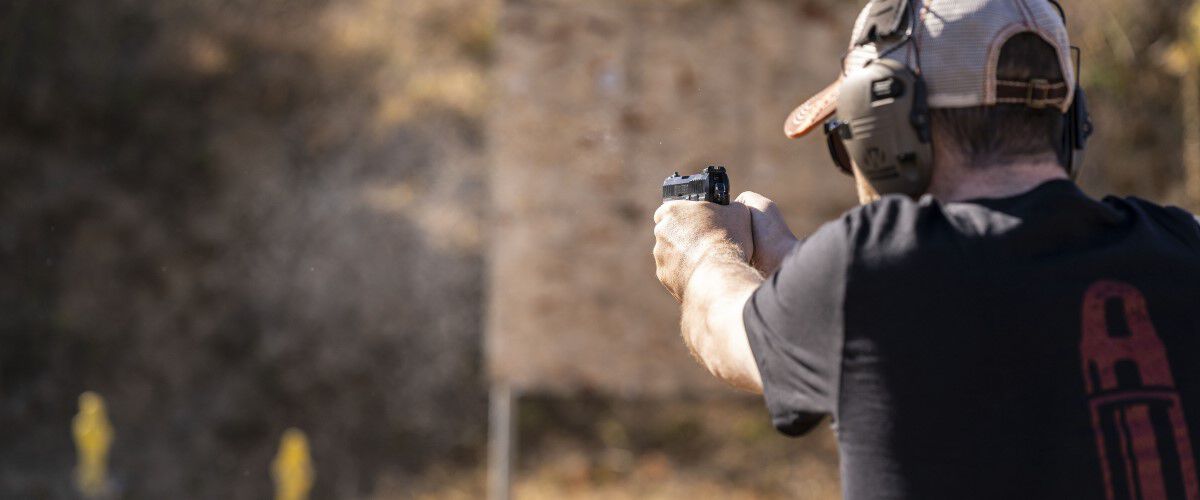The First Four Steps

In the past year, millions of people who’ve never owned a firearm purchased their first, and millions of others are waiting in the wings. If you’re one of them, welcome. We’re here to help with four fundamentals that will get you started right.
1. How To Load
How you load a firearm depends on the action and to some extent the specific model. But there are some general guidelines newcomers can follow to get the job done.
For a semi-automatic handgun, shooters generally push cartridges down into the spring-loaded magazine on top one another until full, while revolvers require the cylinder to be swung out, and the cartridges dropped in.
Semi-automatic or bolt-action rifles can feature a detachable magazine like the one just described, or a hinged floorplate magazine built into the firearm. With these, shooters load the gun by opening the action and pushing cartridges down into the magazine. Lever-actions are loaded by sliding cartridges nose-first into the tubular magazine's loading port, which is usually positioned on the side of the receiver.

2. Sights & How To Use Them
Sighting systems take many forms—ranging from simple iron sights to complex variable power scopes that can be dialed to specific distances to hit targets at extreme long range. The sights used depends on the desired application, as well as the preferences of the individual shooter. For example, if you need to take precise shots at long distances with a rifle, then a scope is the best choice.
Most handguns are fired with open iron sights consisting of a rear notch and a front post. The post must be lined up within the rear notch and aligned with the target. However, an increasing number of shooters opt to install red dot or reflex sights, through which the shooter sees a dot or other indicator on the target.

3. Recoil Management
All firearms produce recoil, also known as kick. The challenge for shooters, especially newcomers, is managing it. This requires a proper grip and stance, as well as practice. It's important to resist anticipating the recoil and pushing the firearm downward to counter it. Rather, concentrate on holding the gun steady while keeping the sights on target.
4. Trigger Control
When shooting a rifle or handgun, it's important to slowly squeeze the trigger at the first knuckle of your index finger. This ensures a smooth pull that pushes the trigger straight back without pulling the gun off target. And as always, your finger should not go inside the trigger guard until you’re prepared to shoot.